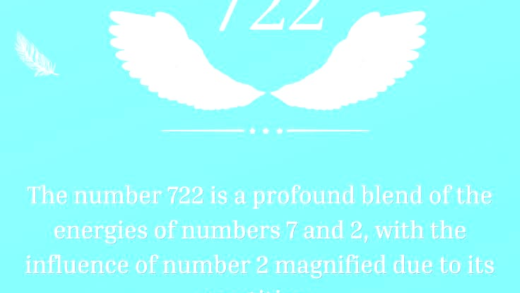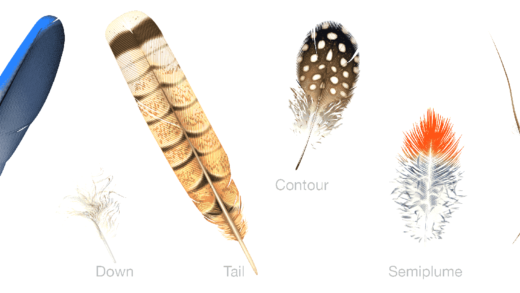Slow blinking is a vital communication tool for cats, signifying trust and affection. Research shows it enhances cat behavior, reducing stress and fostering bonds. Owners report positive changes in their cats’ behavior through this simple technique, making slow blinking a beneficial practice for all cat lovers.
What is Slow Blinking?
Slow blinking is a fascinating behavior observed in cats. This simple act of closing one’s eyes slowly and gently is a form of communication. For cats, slow blinking signifies trust and affection. When a cat slow blinks at you, it’s their way of saying, “I feel safe with you.” This behavior is often compared to a cat giving a warm hug, making it vital for strengthening your bond with your feline friend.
The significance of slow blinking in cat behavior cannot be overstated. It is a non-verbal cue that conveys emotions. In the wild, cats use slow blinking to show they are not a threat. When they do this with humans, it reflects their comfort level and emotional connection. Understanding this concept allows pet owners to respond appropriately and nurture their relationship with their cats.
How to Slow Blink with Your Cat
Learning how to slow blink with your cat is straightforward and rewarding. Here’s a step-by-step guide:
- Find a Comfortable Position: Sit or lie down near your cat. Make sure you are at their eye level for better interaction.
- Gently Blink: Close your eyes slowly for about two to three seconds, then reopen them. Keep your face relaxed.
- Repeat: You may want to repeat this gesture a few times to encourage your cat to respond.
- Observe Their Reaction: Watch how your cat reacts. If they slow blink back, it’s a great sign they trust you!
Incorporating slow blinking into your interactions not only fosters a deeper connection but also enhances your cat’s sense of security. With patience and practice, you’ll become a pro at communicating with your feline friend.
Cats Interpreting Slow Blinking
Cats have a unique way of interpreting human gestures, and slow blinking plays a crucial role in this communication. When you slow blink at your cat, they perceive it as an invitation to engage. Cats are keen observers, and they can pick up on these subtle cues, responding with their own slow blinks. This exchange builds mutual trust.
Studies show that cats often mirror the slow blinking behavior of their owners. This mirroring indicates they feel secure in their environment. When a cat blinks slowly, they are not just reacting to the gesture; they are also expressing their feelings. This reinforces the bond between owner and pet, making slow blinking an essential tool in feline communication.
Understanding how cats interpret slow blinking can lead to improved interactions. When you engage in this simple act, you affirm your relationship, creating a peaceful and loving atmosphere. As you practice slow blinking, pay attention to your cat’s responses, which can vary from relaxed postures to gentle purring.
Benefits of Slow Blinking for Cats
Slow blinking offers numerous benefits for cats and strengthens the bond between pet and owner. Firstly, it fosters trust. When you slow blink at your cat, it reassures them, signaling that you are not a threat. This behavior creates a safe environment, which is essential for a cat’s emotional well-being.
Moreover, slow blinking enhances communication. By engaging in this simple act, you initiate a dialogue of affection and understanding. Cats often reciprocate, which deepens the emotional connection. This mutual exchange of slow blinks can lead to a more harmonious household, as both parties feel valued and understood.
Additionally, slow blinking can positively influence a cat’s behavior. Cats that experience consistent, affectionate interactions are often more sociable and confident. They may be less prone to aggression or anxiety, making them better companions. To sum it up, incorporating slow blinking into your daily routine can transform your relationship with your feline friend.
Slow Blinking to Reduce Cat Stress
Slow blinking is an effective technique to reduce cat stress. Cats, like humans, experience anxiety in various situations. Whether it’s a loud noise, a change in environment, or even a visit to the vet, stress can affect their behavior. Using slow blinking can help calm an anxious cat, providing them with a sense of security.
When you slow blink at your cat during stressful moments, it communicates reassurance. This simple act can help lower their heart rate and promote relaxation. For instance, if your cat is hiding or appears tense, initiating slow blinking can encourage them to feel more at ease. Over time, this practice can condition your cat to associate your presence with calmness.
To maximize the benefits, combine slow blinking with a calm voice or gentle petting. These elements together create a soothing environment, further alleviating stress. Remember, consistency is key; the more you practice, the more your cat will respond positively.
Specific Situations for Slow Blinking
Identifying the right situations for slow blinking can enhance its effectiveness. Here are a few scenarios where this technique shines:
- During Playtime: If your cat is engaged in play, slow blinking can encourage them to relax and enjoy the moment.
- When Introducing New Environments: If you’ve recently moved or brought a new pet home, slow blinking helps ease their transition.
- After a Stressful Event: Following a vet visit or a loud thunderstorm, use slow blinking to reassure your cat.
- During Quiet Moments: When cuddling or relaxing together, slow blinking enhances the bond.
Incorporating slow blinking in these situations can lead to a more trusting and secure relationship. Recognizing when to use this technique allows you to respond to your cat’s emotional needs effectively. Each slow blink is a step towards a stronger bond with your feline friend.
Research Insights on Slow Blinking in Cats
Research has shown that slow blinking plays a significant role in feline communication. Studies conducted by various animal behaviorists reveal that when cats engage in slow blinking, they are expressing trust and affection. For instance, a study published in the journal Animal Cognition found that cats are more likely to respond positively to their owners when they use slow blinking as a form of communication. This response indicates that cats interpret slow blinks as a sign of safety and companionship.
Moreover, researchers have observed that slow blinking can be a social signal among cats themselves. In a controlled environment, cats that were observed engaging in slow blinking were less likely to exhibit aggressive behavior towards each other, showcasing the calming effects of this simple gesture. The findings highlight the importance of slow blinking not just in human-cat interactions, but also in fostering harmonious relationships among cats.
Enhancing Cat Behavior with Slow Blinking
Using slow blinking can lead to significant improvements in cat behavior. When cats receive consistent slow blinks from their owners, they often exhibit enhanced social behaviors. This interaction reduces anxiety and promotes a sense of security. Cats that engage in this form of communication tend to be more confident and sociable, which can lead to better overall behavior.
For example, many cat owners have reported that their pets become more playful and relaxed after incorporating slow blinking into their daily routines. Additionally, regular slow blinking can help mitigate behavioral issues such as scratching or hiding, as it fosters a trusting relationship between the owner and the cat. By using slow blinking as a tool for communication, owners can positively influence their cat’s emotional state and behavior.
Real-Life Experiences with Slow Blinking
Many cat owners have shared personal anecdotes about the transformative effects of slow blinking on their pets. One owner noted how their previously shy cat began to approach them more confidently after the owner started slow blinking during their interactions. Another cat lover reported that their once-aggressive feline became more affectionate and calm during cuddle sessions after practicing slow blinking.
These stories highlight the real-world impact of slow blinking on feline behavior. It’s a simple yet effective way to strengthen the bond between owner and cat. By sharing experiences, cat owners encourage others to try slow blinking, reinforcing the idea that this technique can lead to happier, healthier cats. Embracing this form of communication not only benefits the cats but also enriches the lives of their human companions.





Comments are closed.